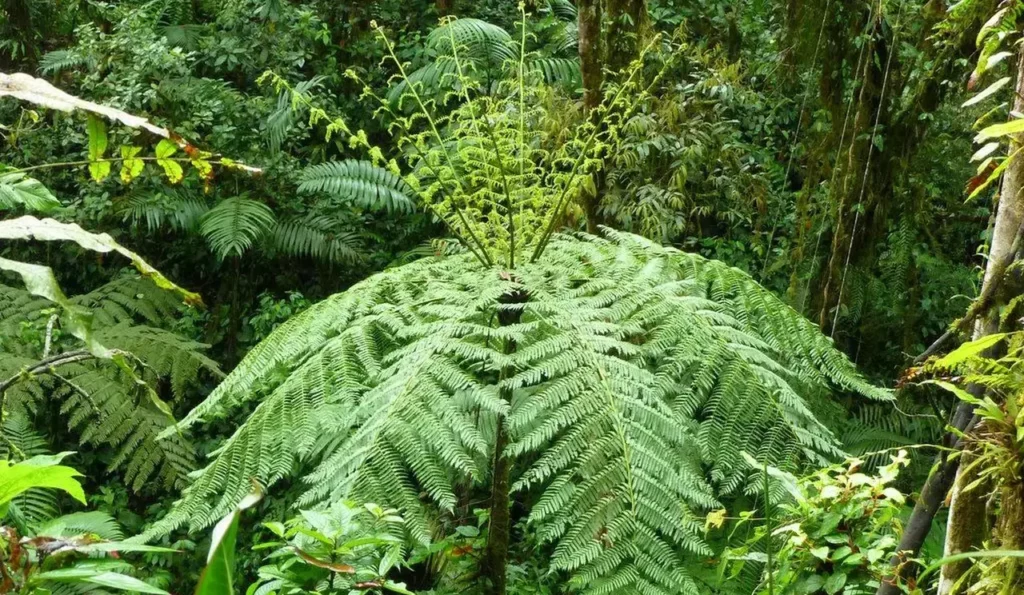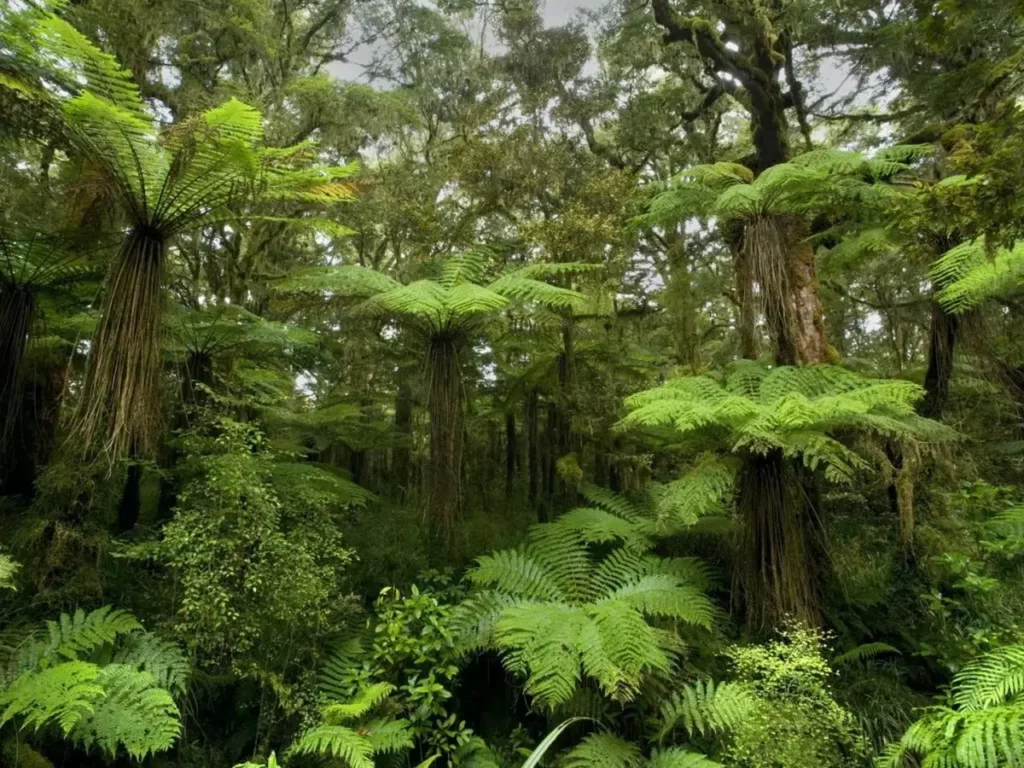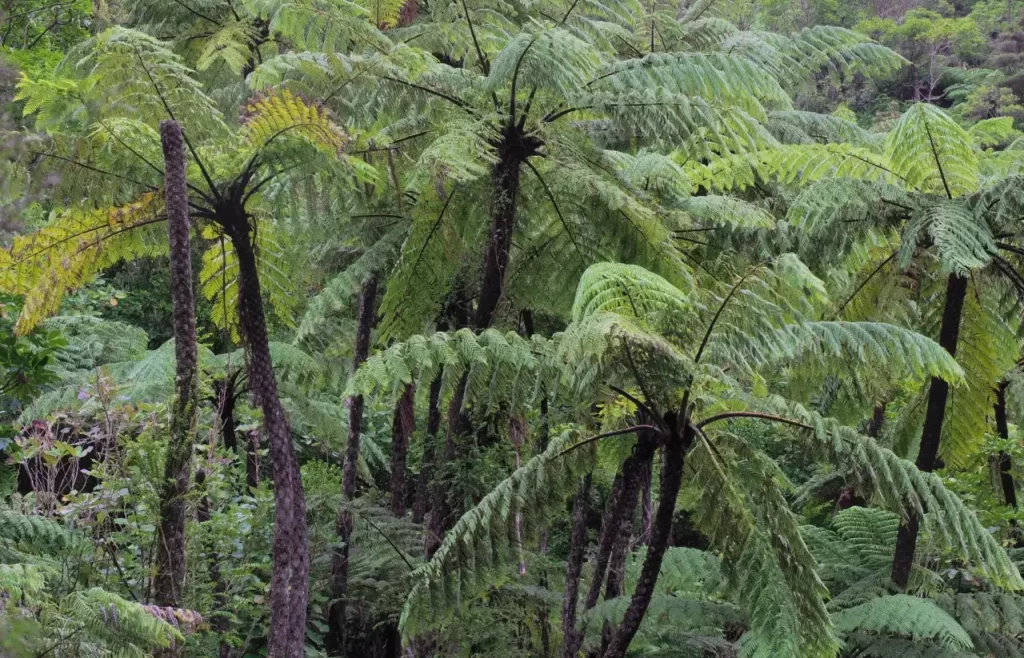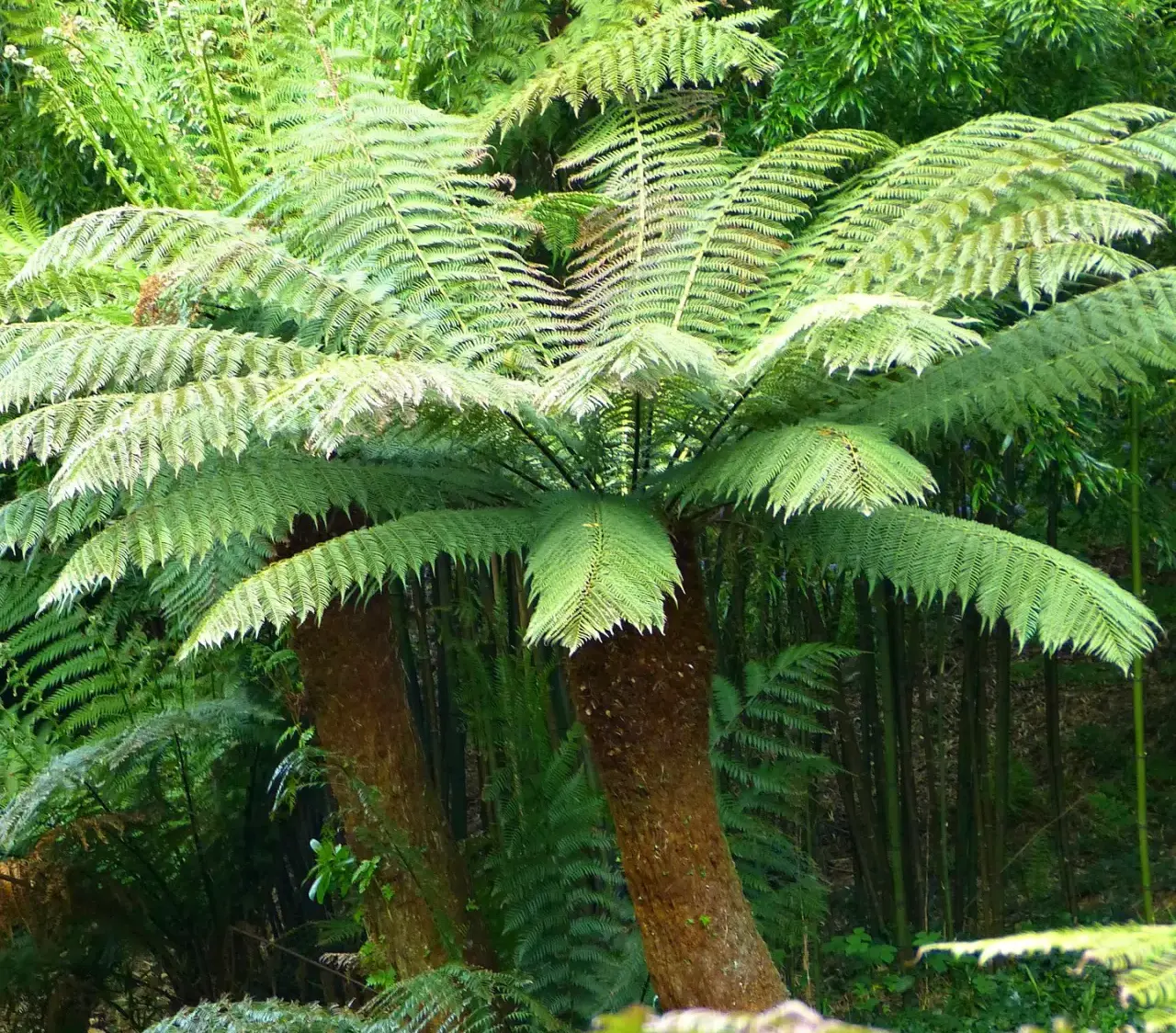As we know, the woody fern tree, also known as the ancient fern tree, is one of the species of trees that not only has strong vitality but also has a beautiful shape, making it suitable for plant enthusiasts. This article will provide essential information about this tree.”

Overview of the ancient fern tree
Let’s explore the essential things to know about the ancient fern tree.
Origin
The woody fern tree was formed and existed about 300 million years ago. Its era was that of vast forests of fern trees, which over time, due to the changing climate, were buried deep or suffered from the harsh forces of nature. Thus, the remaining number of fern trees today is scarce.
Thanks to its strong vitality, the ancient fern tree has not been completely extinct and still exists today. We can find the remaining woody fern trees in tropical forests or humid valleys, but in our country, this species is very rare.
Nowadays, there are many new fern tree varieties with small sizes, but the woody fern tree always retains its unique beauty with its tall and flexible body over time. There are few tree species that have such durability and long-lasting beauty as this tree.
The characteristics of the woody fern tree
The ancient fern tree is a woody fern tree species that can grow up to 20-35 meters tall and has a long lifespan, capable of living for hundreds of years. In addition:
The leaves of the ancient fern tree are very large and fan-shaped, dark green in color, about 5-10 cm wide, and 1-4 meters long. The leaf blade is pinnate and the feather-like lobes look very soft. When the leaves are still young, they will have a bright green or purple color, which looks quite beautiful.
The tree has the ability to adapt to harsh environments: the ancient fern tree tree can withstand cold and dry conditions, and can grow at an altitude of over 4,000 meters.

The benefits of the ancient fern tree
In terms of health benefits: the ancient fern tree is one of the best air-purifying plants, capable of removing a large amount of harmful pollutants from the air and releasing oxygen to help humans breathe better.
The value in medicine: ancient fern tree is used in traditional medicine to treat issues such as cerebral circulation disorder, relieve pain from sprains, anti-inflammatory for skin conditions such as psoriasis, and to aid in blood clotting. Additionally, the leaves of the tree are also used in medicinal preparations to improve kidney function.
Meaning of the ancient fern tree
This species of tree carries great spiritual significance and is suitable as a decorative plant that you can give as a gift to friends and family. the ancient fern tree has a strong vitality that symbolizes perseverance and tenacity. Moreover, growing a fern tree brings peace and good luck to the homeowner.
The the ancient fern tree benefits human health, especially in the process of breathing and helps to filter clean air, creating a relaxing and comfortable living space. Therefore, it is highly suitable as an indoor decorative plant.

So how do you take care of this species of tree?
How to care for the ancient fern tree
We can propagate the ancient fern tree by separating a part of the trunk or a branch, then planting it at the base. After a while, the young tree will sprout and grow very quickly. Additionally, this species also reproduces by producing offspring at its base.
The optimal growing conditions for the ancient fern tree are a moist environment and moderate water levels. They are resilient and adaptable to any environment. However, hot and humid climates and areas with less sunlight are suitable for this tree to thrive and remain healthy.
The woody fern tree is easy to care for. If possible, you can fertilize them with organic fertilizer every 1-2 months and water them moderately. If you see some leaves turning yellow or black, don’t worry too much, just trim and remove them, and the plant will naturally recover its foliage.

Above are the essential information about the ancient fern tree that we have collected and selected. We hope that through this article, readers will have a new perspective on this special plant. See you in the next topic.